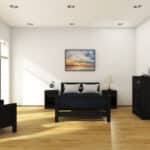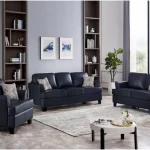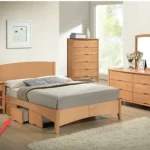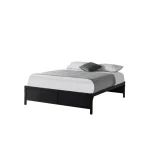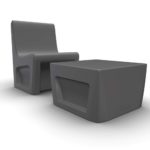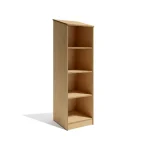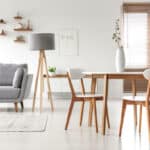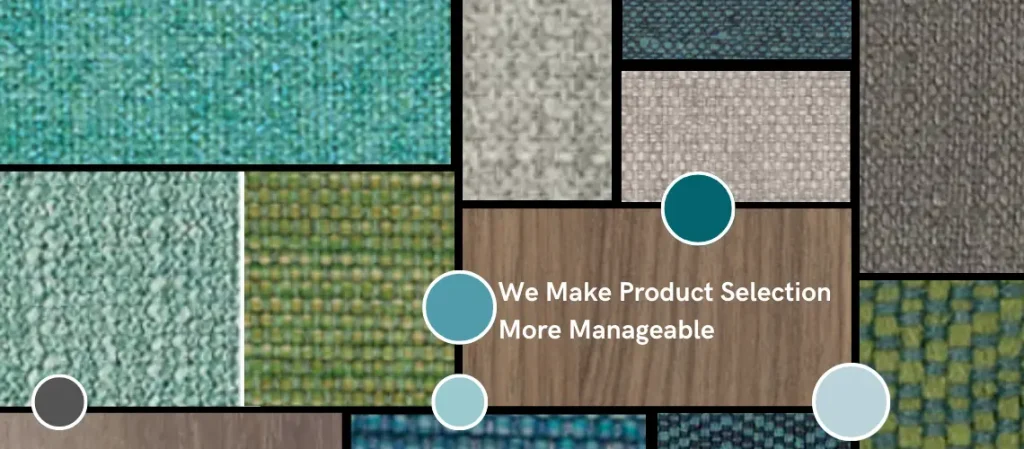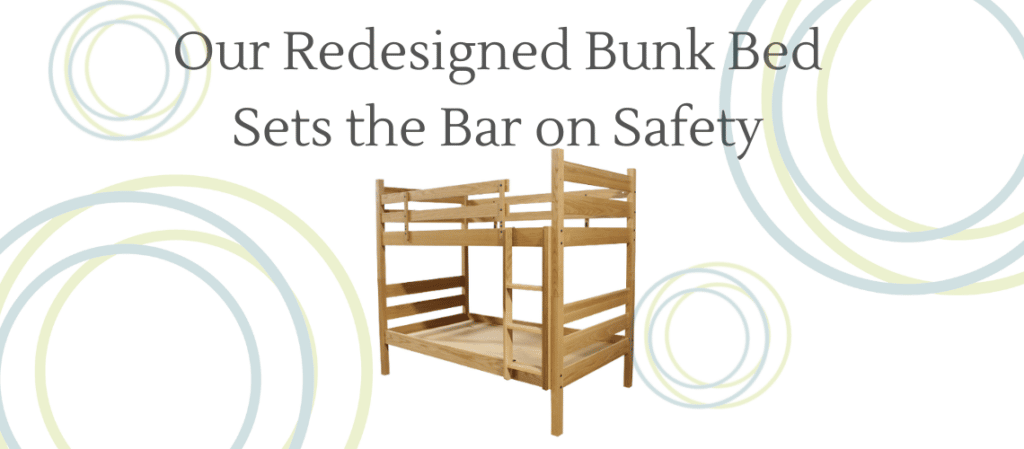Posts Tagged ‘addiction recovery’
We Make Product Selection More Manageable
Every product buyer wants to be able to choose from many options. But facing numerous choices without the proper guidance to navigate them can prove as frustrating as having no alternatives at all. So as we at Furniture Concepts continue to diversify our product lines to meet our clients’ varying needs, we pledge to remain…
Read MoreOur Redesigned Bunk Bed Sets the Bar on Safety
In all service organizations, both within and outside of health care, safety remains the foundation of all efforts to ensure a high-quality customer experience. Without a safe environment, no other improvements will matter. And without reliable data to drive the improvement, you’re leaving your best quality-control efforts to chance.We at Furniture Concepts set out to…
Read MoreCare Settings Prove Essential to Patient Engagement
The term “patient engagement” attained buzzword status in the healthcare field some time ago. These days, companies tout technology as the main vehicle for keeping patients engaged, both within and outside a treatment facility. Care providers have email boxes inundated with vendor pitches to prove it.But the setting of care remains as important a tool…
Read MoreCompassionate Care Requires Careful Choice of Words
Compassionate Care Requires Careful Choice of WordsWords matter, and nowhere is this more true than in the treatment of mental health and substance use disorders. Calls have grown stronger for eliminating the use of terms that can discourage people in need from pursuing treatment. We at Furniture Concepts pledge to avoid the use of stigmatizing…
Read MoreDeliver the Right Message to Your Visitors
Over the past two years, many patient care sites strengthened their visitation policies out of necessity, taking care to protect residents from virus exposure. Most of these policies remain in place, making it easier to check in visitors and to monitor their whereabouts. But are facilities also paying attention to the other signals they might…
Read MoreEfficient Design Creates an Attractive Workplace
Long before “The Great Resignation” became part of our national lingo, healthcare organizations were struggling to attract and retain a high-quality workforce. According to a 2020 report from Nursing Solutions, Inc., the typical health facility saw a staggering turnover of nearly 90% of its staff between 2015 and 2019. There is no sign that this…
Read MoreResidential Spaces Can Convey a Sense of Community
Patients in recovery from illness value the feeling of belonging to a community with shared experiences. The importance of community has driven many recent trends in healthcare, including the emergence of peer support as an essential component of many health disciplines. We at Furniture Concepts have these same ideas in mind when designing living spaces…
Read More
